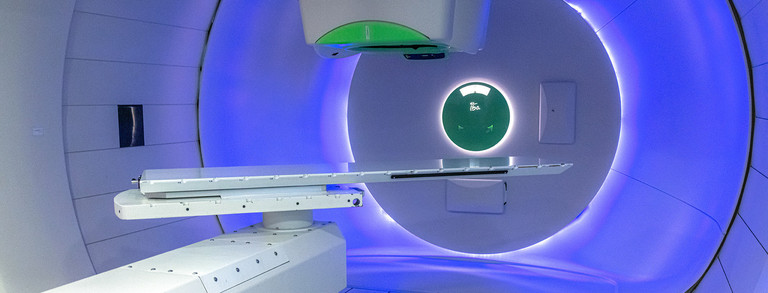The therapeutic impact and role of different types of reactive oxygen species in PT – Imaging invisible cues of cell response to proton radiation
State of the Art: PT leads to DNA damage and cytotoxicity through direct DNA breaks and indirectly through the formation of ROS [Mit15]. ROS is a collective concept consisting of oxygen-based free radicals and some non-radical derivatives of O2 and may be produced sequentially both from the stepwise reduction of O2 and the stepwise oxidation of H2O [Nos17].
Although it is known that the nature of generated ROS depends on the type and concentration of sensitizer, the level of oxygen, and the irradiation degree, there is a lack of direct biological evidence for the excessive production of ROS in cells and the resulting damage to cell organelles caused by the interaction between sensitizer and proton beam. While some types of ROS are highly selective in their reactions, others are more violent and can attack multiple biomolecules. Hence understanding the ROS generation mechanisms is critical for improving PT therapies.

Contact
Jun.-Prof. Dr. Anzhela Galstyan



